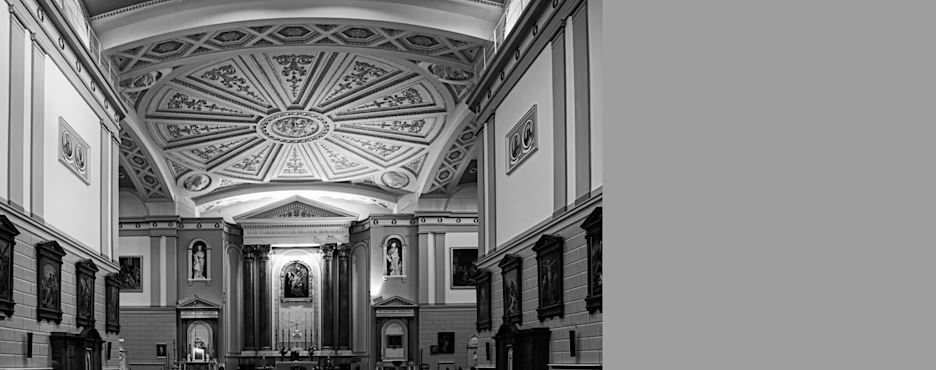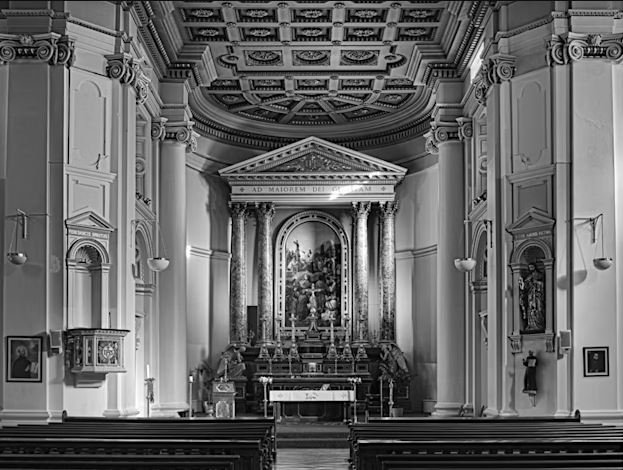
Four Dublin Churches
Wed 20 August 2025
18:00 -19:00
Roman Catholic church building in Dublin flourished in the 19th century. The lecture seeks to explain some of the reasons why and how this came about by discussing four of Dublin’s important churches. The churches chosen are the Pro-Cathedral (1825); Saint Francis Xavier, Gardiner Street (1829); Saint Andrew’s, Westland Row (1832); Our Lady of Refuge, Rathmines (1850). The architectural language used for the churches was determined by the patrons and architects and the lecture examines the influences which determined this language. The influences included international Neo-classicism, Roman classicism, the Greek revival, and traditional building methods. Important influences from Paris on the Dublin churches are the late 18th century basilican plan and temple fronted churches. The lecture examines the nature and influence of the clerical patrons. To match the architectural ambitions of the patrons, sufficient money had to be provided. How the money was collected and the essential part the Catholic laity played in providing voluntary work and the funds, to build the churches is discussed.
About the speaker:
Dr Brendan Grimes is an architectural historian. He lectured in Dublin Institute of Technology from 1983 until his retirement in 2010. His publications include, Irish Carnegie Libraries: A catalogue and architectural history, Dublin 1998; Majestic Shrines and Graceful Sanctuaries: The Church Architecture of Patrick Byrne 1783-1864, Dublin 2009; Commodious Temples: Roman Catholic church building in nineteenth-century Dublin, Dublin 2010. He is currently collaborating with Colm O’Brien on the County Dublin volume of the Buildings of Ireland.
About the series:
The Oak Room Heritage Talks free public lecture series aims to showcase heritage projects, topics and new research across Dublin city, and is an action of the Dublin City Strategic Heritage Plan 2024 - 2029.
ISL interpretation will be provided.

General Info